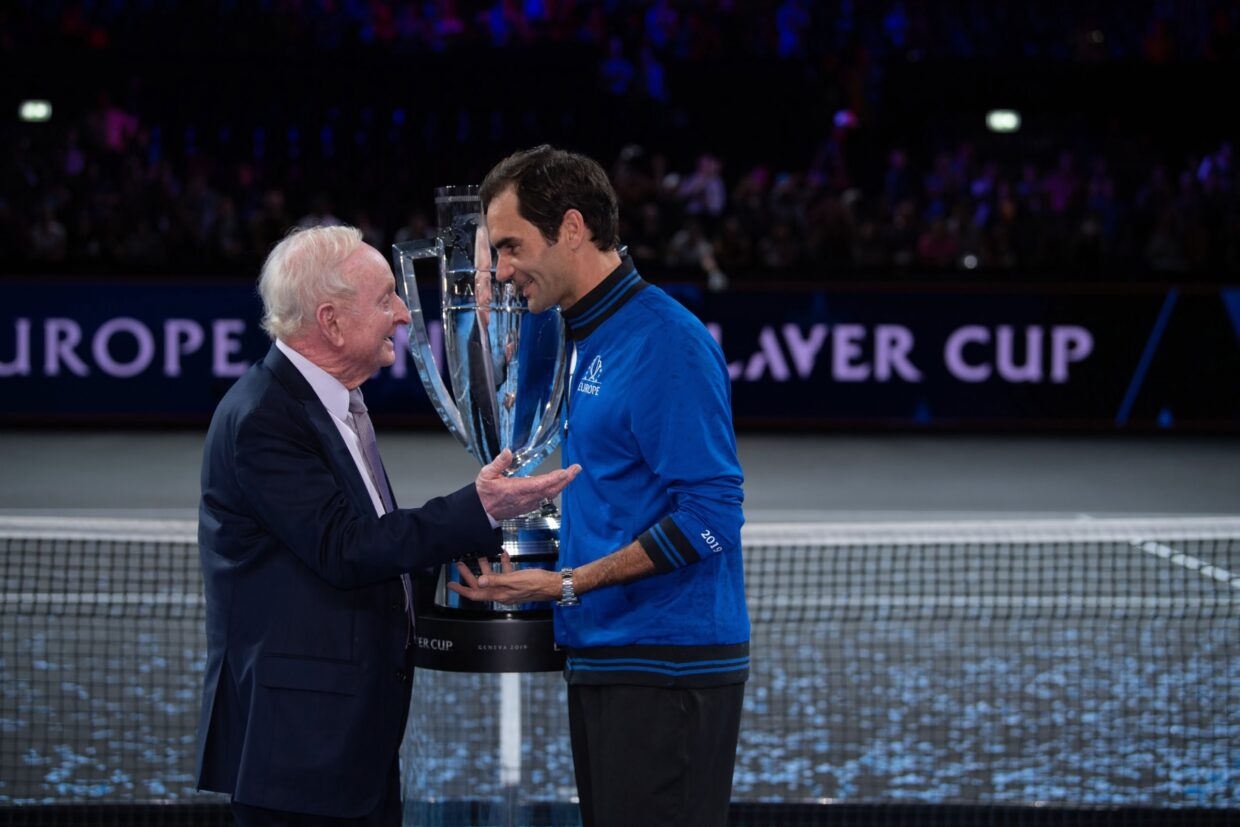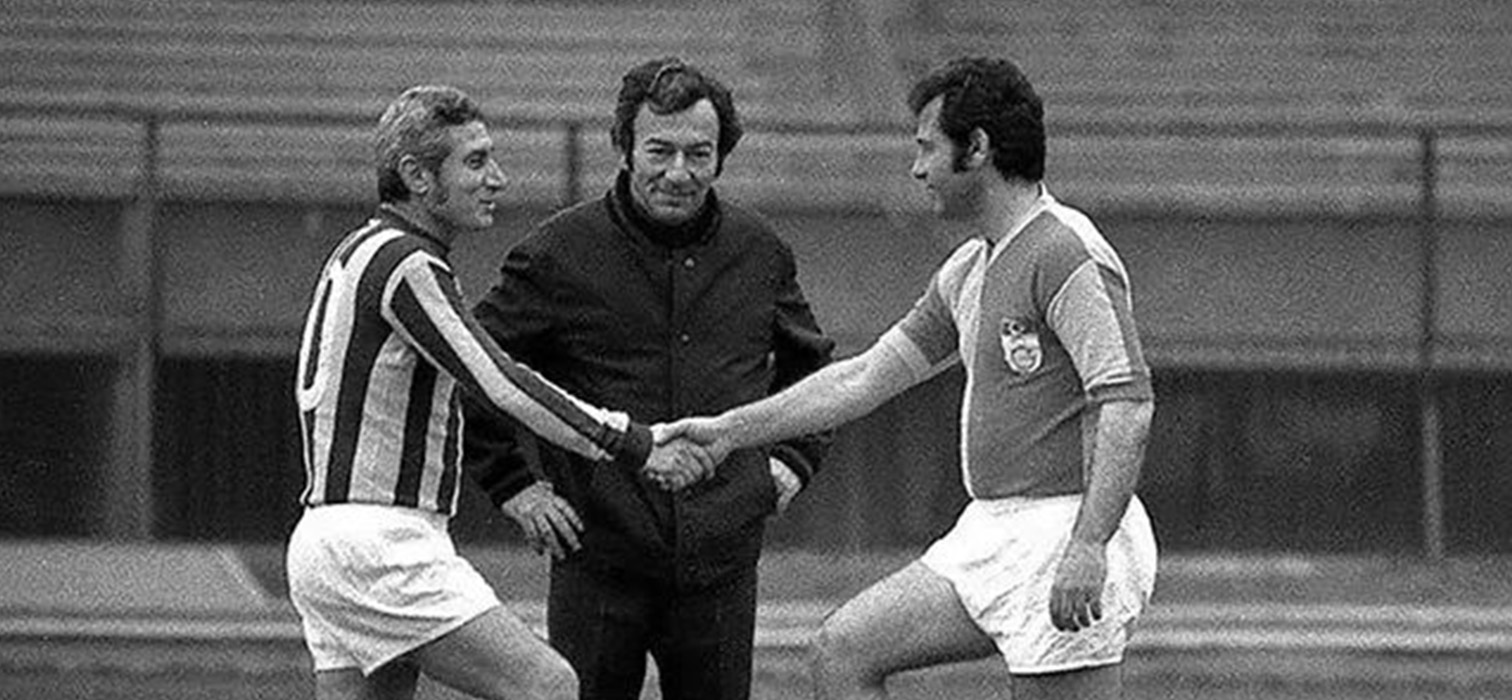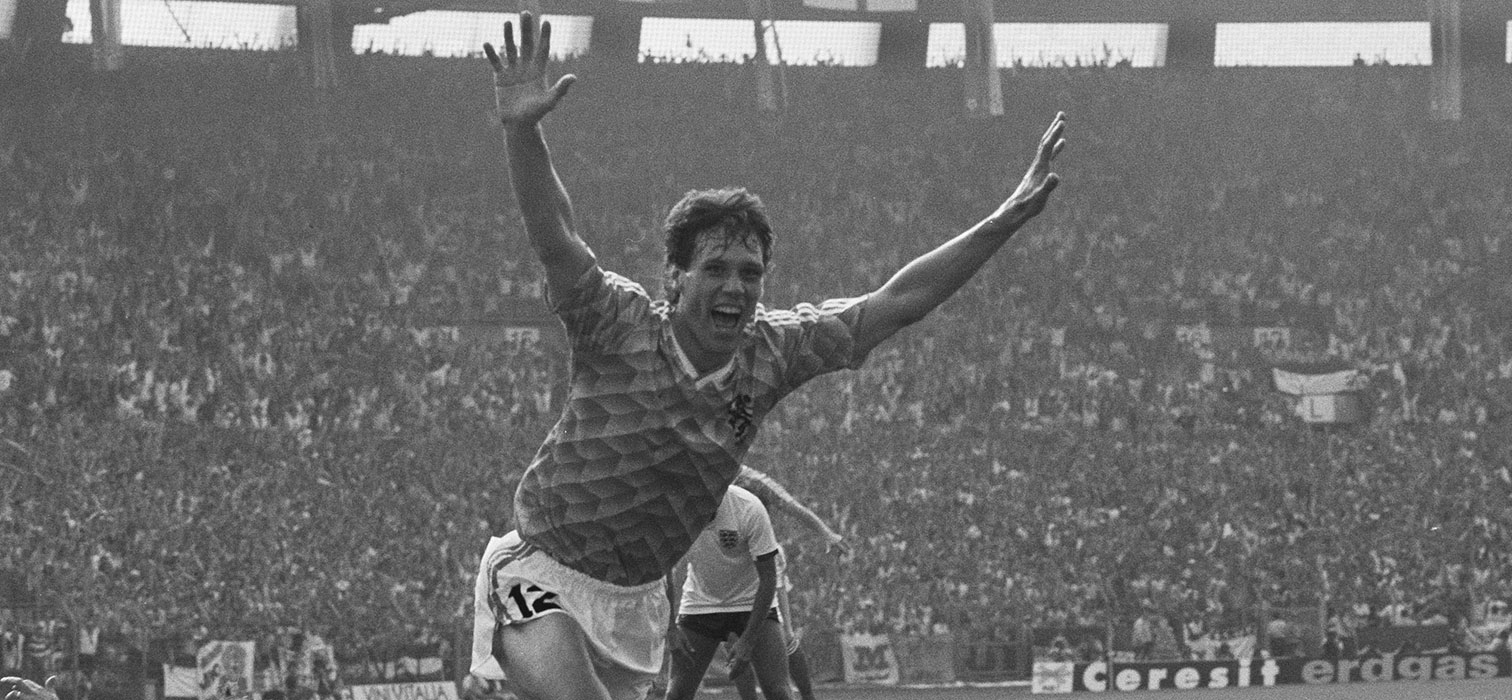Waiting for Roger

One of the greatest champions in tennis history, Roger Federer returns from a long injury in September. It is exciting to wait for him, but what should we expect from him?
Roger Federer has not played professional tennis since July 7, 2021. The much-anticipated comeback of the Swiss legend, who has turned 41 these days, is fast approaching. It is obvious what kind of emotional impact Federer will have when he gets back on the courts, preparing to take up his racket again with the Laver Cup to be held in London in September. But it is not easy to be hopeful that he will play for big trophies again. Despite his advanced age, there are still those who expect success from him, and those who think that it is very difficult for him to win now. As a matter of fact, he was given great praise for his success at 36-37. But this time the situation is different. Even for one of the greatest athletes of all time, returning to the top after a knee injury, surgeries and difficulties that kept him away from the courts for almost three years, except for six matches in 2020, tastes like an “impossible task”.

But how much will Roger Federer’s legacy be affected if he doesn’t win again? Let’s look at the numbers first: The Swiss, who broke his idol Pete Sampras’ record of 14 Grand Slams by winning 2009 Wimbledon, brought his own record to 20 at the 2018 Australian Open by winning six more trophies. At Wimbledon 2019, Novak Djokovic was close to 21 by two game points ahead of him, but it was his opponent who reached the happy ending. The 20, which at one point seemed very difficult for others, has today been surpassed by both Rafael Nadal and Novak Djokovic. Federer’s 310-week sitting in the #1 seat of the world rankings is among the records recently set by Djokovic. Eight Wimbledon victories are within reach of the Serbian tennis player, who is now celebrating her seventh. Moreover, both of his big rivals have established a numerical advantage in the matches between them. In other words, it is obvious that Federer is now behind Djokovic and Nadal in most statistics. In the “GOAT” (the best in history) race, which is usually done on numbers, it gets harder…
On the other hand, Federer’s undeniable charisma and elegant playing style still keep him in this comparison. Since the turn of the millennium, when the sport was dominated by backstroke strokes, it has been Federer’s trademark that he has won by hitting every corner of the court and executing every stroke in the book to perfection. He blended this with the awesome aesthetics of the famous writer David Foster Wallace, which he refers to in his article “Roger Federer as a sacred experience” or in the endless praise of his colleagues. In addition, with the partnerships it has established with world-famous brands, especially Rolex, it has become one of the world’s highest-paid athletes for 20 years, and has managed to double or triple even its closest colleagues in this regard. Federer continues to be the world’s highest-paid tennis player in the last three years, where he almost did not play tennis. In other words, the strength and image of the brand continues unshaken.

Speaking to the Dutch press recently, Roger Federer said, “I like to win. But if you’re no longer competitive, it’s time to stop. I don’t think I need tennis at this point. I’m happy with things like my sons doing something right, my daughters coming back from school with good exam grades. Tennis is part of my identity, but not all. I know that a professional athlete career won’t last forever.” With his words, he gave signals about the mood he was in. Considering that he is now 41 years old and has not been able to play competitive tennis for a long time due to injury, this statement is not very promising for the future. But the legend goes to great lengths to say goodbye on their own terms no matter what, and the fact that someone with what he’s accomplished can still show that motivation is an inspiration to everyone. Federer is perhaps no longer referred to as the “best in history”, but it’s okay. It will always remain the bearing point with its unique heritage.




